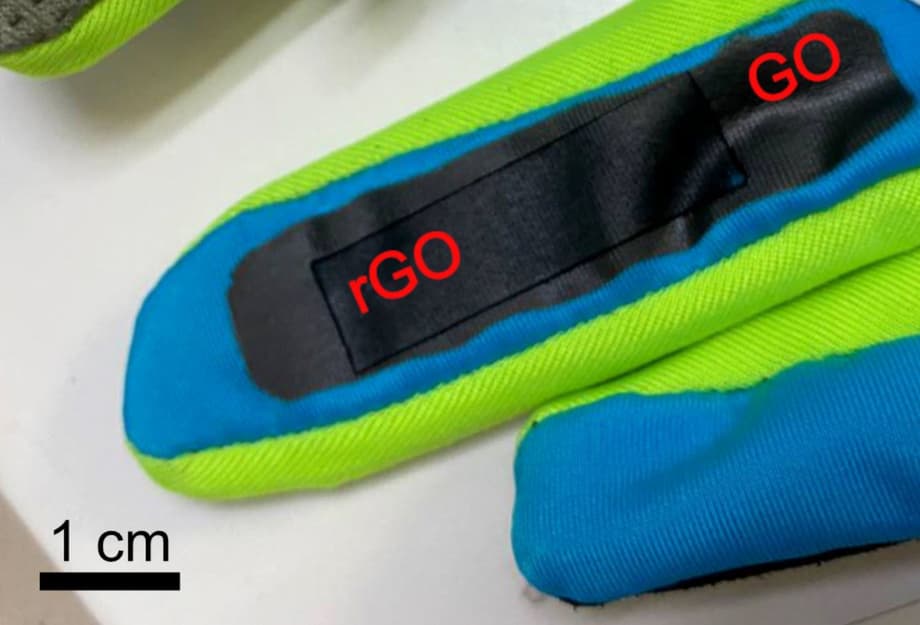Scientists of the Research School of Chemical and Biomedical Technologies have developed a new material for "smart clothing" — textile electronics.

Researchers led by Professors Evgenia Sheremet and Raul Rodriguez synthesized a hybrid conductive material based on synthetic fabric and graphene. For this, they applied graphene oxide to nylon, which was then processed with a laser. The resulting composite is easy to manufacture and very stable.
During laser processing, nylon melts, as a result, not just a coating is formed — graphene particles are embedded in the fibers of the fabric. This provides improved mechanical properties of the resulting composite. It is resistant to ultrasound, stretching, and washing with detergents, which allows its use in everyday clothing. In addition, after laser processing, the material becomes conductive, which allows it to be used as an active sensor material. Importantly, our composites of any shape can be used ready-made without the insulation that is usually required for laser-made materials.
By applying silver particles to the textile and "fixing" them with a laser, the material was given another property - it became antibacterial.
The deposited silver particles have unique optical properties. This makes our hybrid textile promising for the creation of optical sensors. Being plasmonic particles, they allow us to read signals that "describe" the surface chemistry using optical spectroscopy methods. We have conducted a series of successful experiments to detect the substance of a model dye and glucose using silver.
The obtained hybrid textile is resistant to the effects of ultrasonic washing and detergents, and it is also not subject to deformation during washing.











